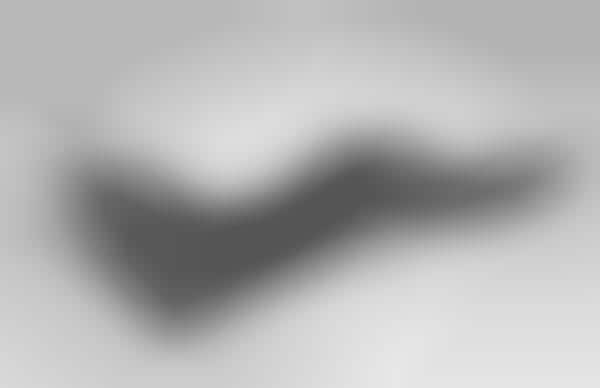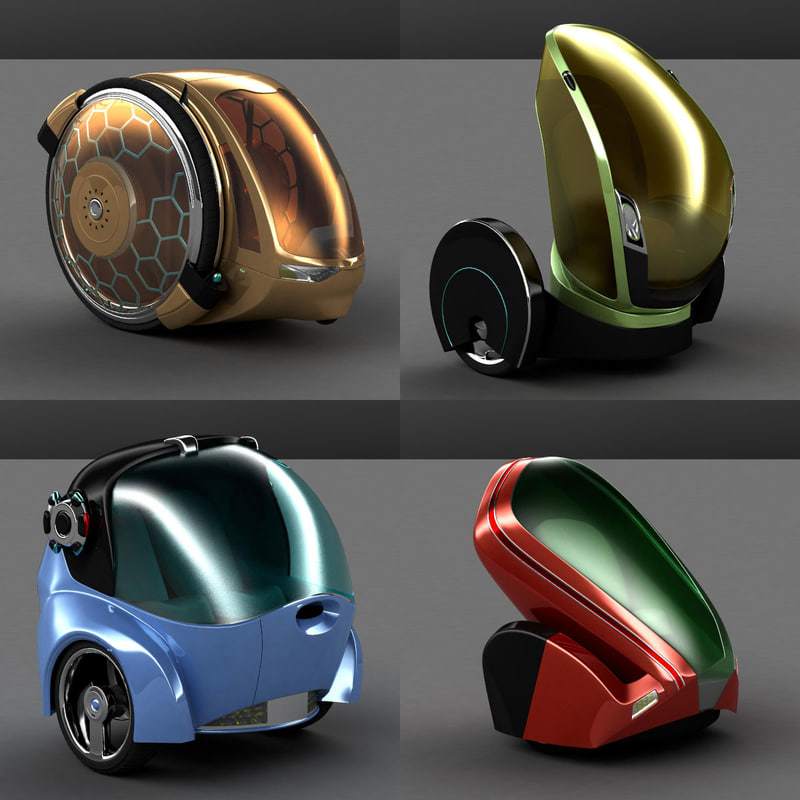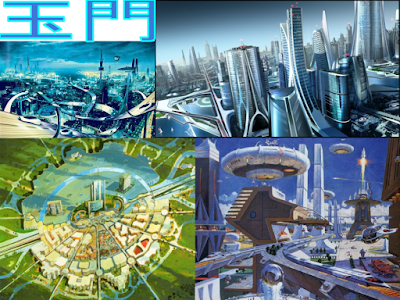Disclaimer:
Most of the projects that I will be doing are for a game that I am developing on my own code named Project Ninjio. In short, the game is a story action driven role playing game (common referred to as an action RPG). It features 2 uniquely styled areas, one in which the cities are built to flow along with nature, and the other where the cites are hyper futuristic. The game is set in a futuristic China, where after a large war, the country is split into the two settings described above. The game is built in the Unity 3D game engine.
The Cut Content of Ninjio's First Public Demo
 Introduction
Introduction
Last week I published a blog post outlining the story arch that player's will be experiencing during the demo that I am putting together for District Arts Festival. Although what you see there is a just a snippet of the overall story in the game, what you see in the document, found here, is a modified Scene #-Act # - Sub-line # format that I use within the script for showing where the content was meant to be, so I would encourage you to open the script in another tab so that you can easily travel back and forth between this blog post and the script.
version of a modified version of the original scenes. What I am saying is that there is a lot of content that I decided to remove for various reason, being demo limitations or something of that sort, from the demo itself! Being one who enjoys learning about cut content in video games, I have decided to give the details on what things I couldn't, for various reasons, include in the demo. Please note that I will be using the
version of a modified version of the original scenes. What I am saying is that there is a lot of content that I decided to remove for various reason, being demo limitations or something of that sort, from the demo itself! Being one who enjoys learning about cut content in video games, I have decided to give the details on what things I couldn't, for various reasons, include in the demo. Please note that I will be using the
Budget(?) Cuts?
- Act 2 - Part 3 & Act 3- Part 1 - Sub-line 3
- Entirely cut because starting a demo with a boring labyrinth of tunnels would be lame as heck, plus it served no story purpose other than being a cooling off moment from the previous scenes (which the demo will not include).
- Replaced by a much easier to understand elevator ride in which the player can quickly get acclimated to the controls.
- Act 3 - Part 1 - Sub-line 6J - 6Y & Act 4 - Part 1 - Sub-line 3F- 3G
- Removed because it not only would slow down the pace of the demo, but I just don't want to have to model an entire audience and have them talk.
- I will try to do this in the full version of the game because I like the viva la revolution kind of vibe that it gives off.
 |
| A far view of the stage |
Other Cuts
So these are not listed using my odd Bold and Underlined Indicators but they will still be happening.
- The boss fight with Huai Ren was originally broken into 4 main stages (Just Humanity Helpers, Humanity Helpers and charging Huai Ren, and 2 Huai Ren shooting stages). In order to keep the pacing and the length of the demo fast and small, I have decided that only the first two stages of the fight will happen in the demo.
- I plan to include all 4 of them in the full version of the game.
- This should also allow me to get to the last part of the game that I want to include in the game (Act 4 - Part 1).
- The original location of the boss, as partially seen by Act 3 Part 1's section 2, was supposed to be an enclosed stage of some sort. I have changed the location to be outside so that I can experiment with more organic shapes instead of boxes and other things.
Screen Shots
 |
| The view from the stage |
 |
| The backside of the stage, doubt much action is going to happen here! |
Other notes
I like humor. (Act 3- Part 2 - Sub-line 3C and the names of the parts for examples)
This week's work log:
Monday February 19th: No school, light reworking of the internal file hierarchy.
Tuesday February 20th: Finished Kuai Long's running animation.
Wednesday February 21st: Textured both the pedestal and drones for the Humanity Helpers, you can now be helped by our 4 star staff.
Thursday February 22nd: Made character portraits for the trio and Huai Ren for during dialog sections.
Friday February 23rd: Started working on cutscenes for Ninjio, first time using the new Unity Timeline editor… I like it
Tuesday February 20th: Finished Kuai Long's running animation.
Wednesday February 21st: Textured both the pedestal and drones for the Humanity Helpers, you can now be helped by our 4 star staff.
Thursday February 22nd: Made character portraits for the trio and Huai Ren for during dialog sections.
Friday February 23rd: Started working on cutscenes for Ninjio, first time using the new Unity Timeline editor… I like it










